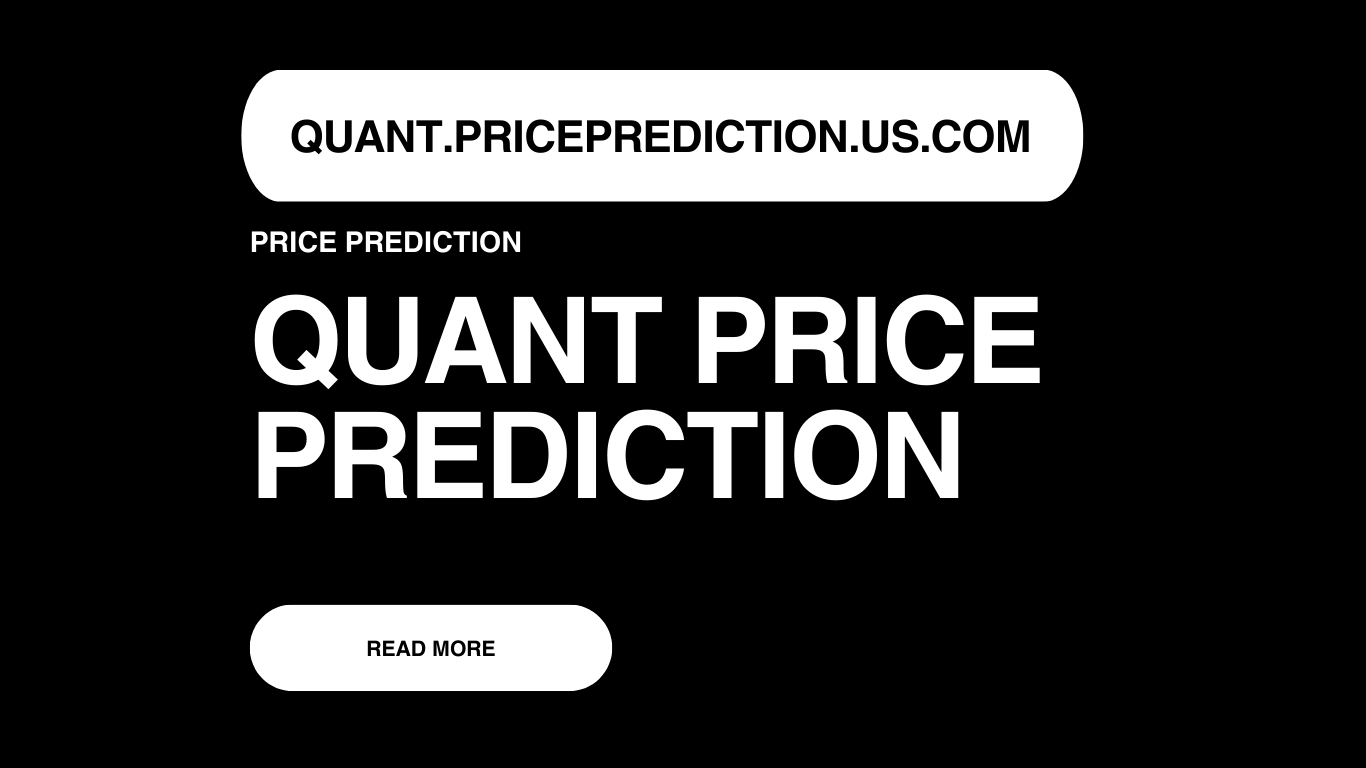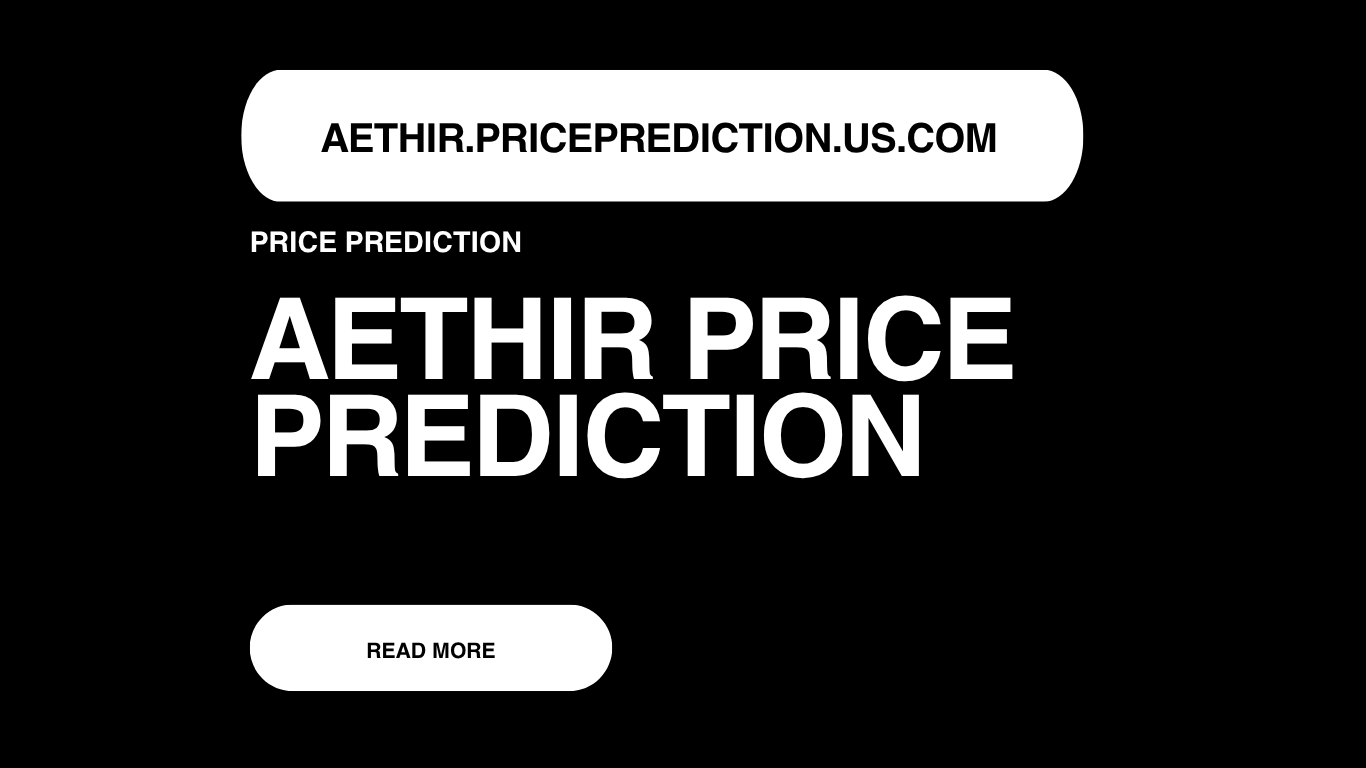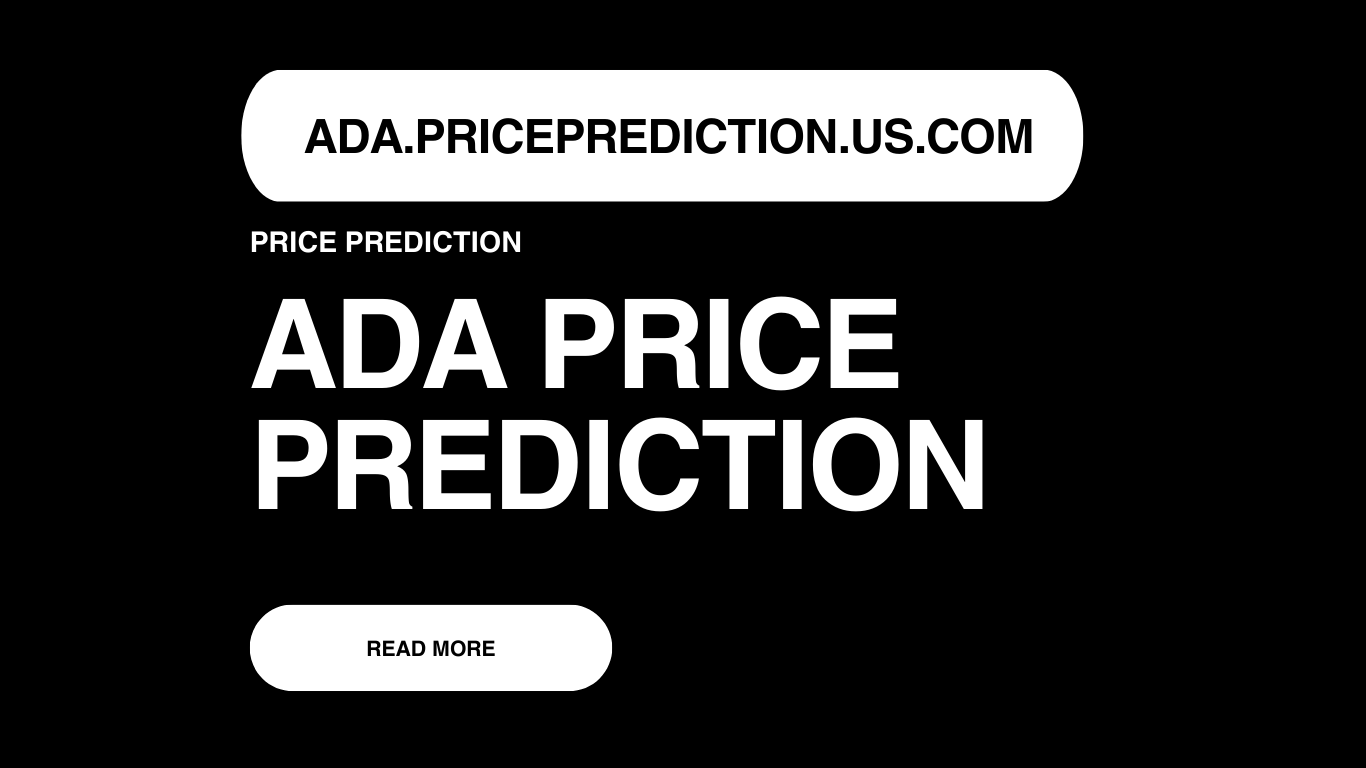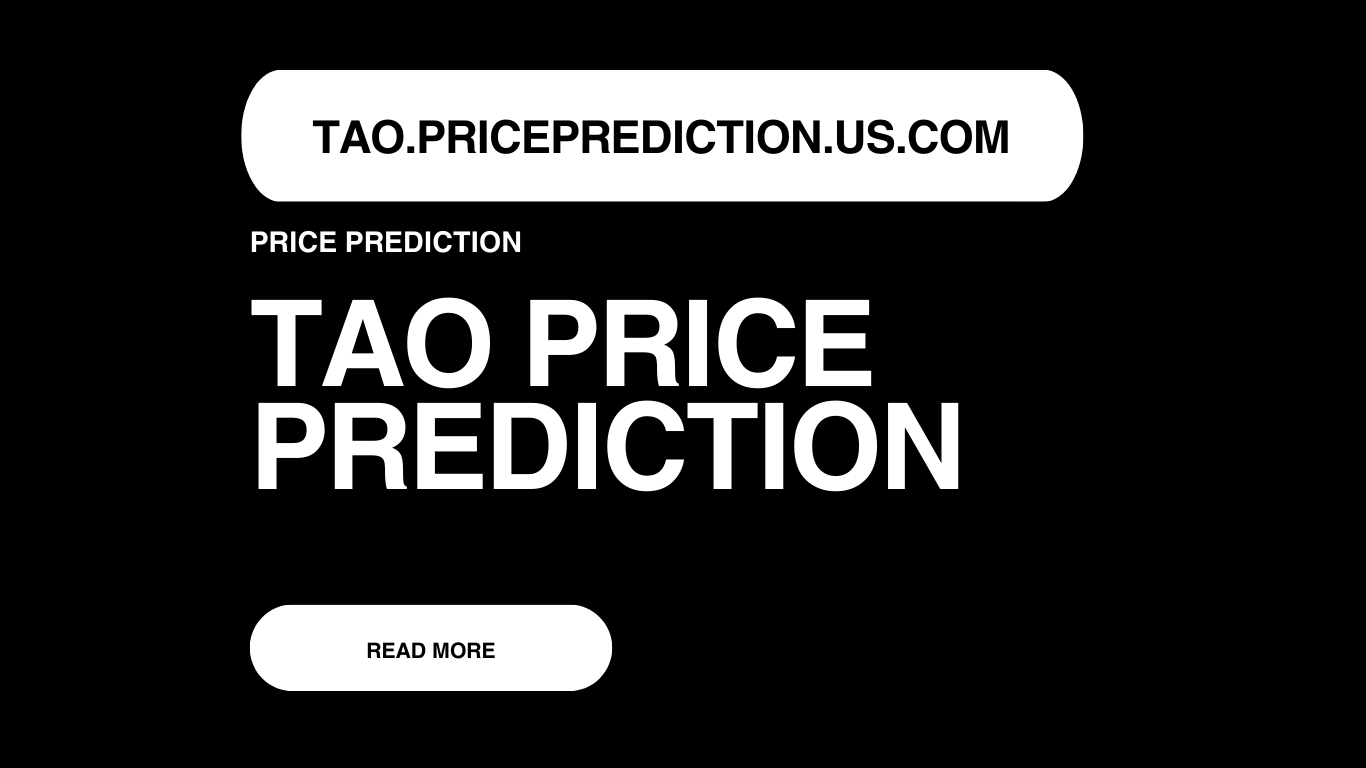Flow was once the king of the NFT era. Developed by Dapper Labs—the same team behind CryptoKitties and NBA Top Shot—Flow was meant to be the go-to blockchain for creators and developers building consumer-friendly dApps. At its peak, FLOW was on every major investor’s radar. But like many hyped assets, the price has corrected sharply.
Now, the question that echoes across the crypto world is this: Can Flow make a comeback?
Let’s take a journey through FLOW's potential, exploring its price predictions through to 2040, based on tech developments, tokenomics, and user adoption.
Current FLOW Price
As of now, FLOW is trading and it’s far from its all-time high, a stark contrast from the bullish days of early 2021. The decline in NFT activity and slower ecosystem growth have kept the price suppressed. But underneath the silence, Flow’s developer team continues to build—and that matters in the long run.
Flow Technical Analysis
FLOW’s price has formed a long-term support zone. The RSI is neutral, and the MACD is starting to flatten out, which could indicate a trend reversal if demand picks up.
A breakout above would likely lead to a retest, which is the next resistance level. While momentum has been weak, volume spikes hint at quiet accumulation. If Flow aligns itself with gaming, AI, and sports-based NFTs again, this technical breakout could coincide with renewed interest.
Flow Price Prediction 2025
By 2025, as the NFT market begins to mature and regain investor confidence, Flow could reclaim some of its lost ground. Strategic partnerships with entertainment brands and sports leagues could reignite demand. If user growth improves, FLOW may trade around $1.85 by the end of 2025.
Flow Price Prediction 2026
In 2026, Flow could expand its ecosystem by enabling smoother onboarding for Web2 users, especially in mobile-based gaming and collectibles. This could help FLOW climb to $2.45 if the platform succeeds in building real-world integrations.
Flow Price Prediction 2027
2027 might be the year Flow redefines itself beyond NFTs. If it rolls out developer tools, Layer-2 integrations, and cross-chain support, FLOW could reach $3.15. Its user-friendly design will likely make it an attractive choice for brands entering the Web3 space.
Flow Price Prediction 2028
By 2028, Flow’s adoption in the gaming and entertainment sectors may be more widespread. Its seamless UX and low fees can give it an edge over complex platforms. At this point, FLOW could be worth around $3.90, supported by increased daily active users and dApp success stories.
Flow Price Prediction 2029
In 2029, FLOW might hit $4.85 if it integrates decentralized identity (DID) features and partners with major mobile platforms. The blockchain's narrative will likely revolve around being the Web3 app layer rather than just an NFT chain.
Flow Price Prediction 2030
By 2030, with global adoption of blockchain apps and regulatory clarity, Flow might find its place among the top utility platforms. Assuming continuous developer activity and brand collaborations, FLOW could trade near $5.10.
Flow Price Prediction 2035
In 2035, FLOW may be a household name in blockchain gaming and digital experiences. If it continues scaling without compromising UX, it could be trading around $8.30, benefiting from long-term user retention and economic incentives for creators.
Flow Price Prediction 2040
By 2040, the entire digital landscape could be on-chain—from concerts to collectibles to identity. If Flow is still leading in terms of accessibility and user onboarding, FLOW could be worth $10.50 in a fully tokenized entertainment economy.
About Flow (FLOW)
Flow is a Layer-1 blockchain built for scalability and ease of use, tailored for NFTs, games, and digital consumer applications. Created by Dapper Labs, it gained popularity through successful projects like NBA Top Shot, UFC Strike, and other collectible platforms.
Its architecture separates consensus and computation, making it highly scalable without compromising decentralization. Flow’s smart contracts are upgradeable and written in Cadence, a resource-oriented programming language.
FAQ
Is Flow only for NFTs?
No, Flow is expanding beyond NFTs into gaming, entertainment, and consumer dApps.
What makes Flow unique?
Its multi-node architecture and resource-oriented programming language make it scalable and secure for mass adoption.
Can FLOW recover its all-time high?
It’s possible, but it depends on adoption, competition, and how well the ecosystem performs in Web3 trends.
Bullish and Bearish Patterns
Bullish Indicators:
- Strong backing from Dapper Labs
- Focus on user experience and mainstream adoption
- Growth in sports partnerships and branded collectibles
- Innovative tech architecture designed for scalability
Bearish Risks:
- Heavy reliance on NFT success
- Competition from Solana, Immutable, and Polygon
- Slower ecosystem development during bear markets
Future Trends
As blockchain adoption spreads across entertainment, sports, and gaming, Flow’s focus on ease-of-use could become a major asset. While many Layer-1 chains focus on DeFi and infrastructure, Flow has carved a unique niche in user-focused applications. If it aligns itself with evolving trends like AI avatars, virtual fan engagement, and mobile-first apps, Flow could see a resurgence.
Tokenomics
- Token Name: Flow (FLOW)
- Total Supply: 1.85 Billion FLOW
- Circulating Supply: ~1.85 Billion FLOW
- Token Type: Native utility token of the Flow blockchain
- Primary Use Cases: Gas fees, governance, staking, validator rewards
- Staking Rewards: FLOW can be staked to secure the network
- Incentive Model: Network participants earn FLOW for validating, developing, and participating
- Team & Ecosystem Allocation: Significant tokens held by developers and early investors
- Emission Model: Inflationary with fixed staking rewards (subject to governance updates)
Roadmap
- 2025: Launch of upgraded developer SDKs for gaming studios. Mobile-first dApp support. Expanded sports partnerships with global leagues
- 2026: Implementation of multi-chain NFT standards. Integration with Layer-2 and off-chain data oracles. Onboarding of mainstream entertainment franchises
- 2027: Full support for decentralized identity and verifiable credentials. Flow wallet upgrades for mass user onboarding. Interoperability bridges with Ethereum and Solana
- 2028: Native support for AI-enhanced dApps. Decentralized marketplace for Flow-based apps. Scalable Layer-2 gaming integrations
- 2029: Launch of Flow Academy for global Web3 education. Tools for real-time streaming and token-gated events. Enterprise support for Web3 loyalty programs
- 2030: Flow is the primary chain for interactive entertainment. NFT utility across AR/VR gaming platforms. Introduction of privacy layers for selective transparency
- 2035: FLOW is used in digital ticketing, identity, and governance across virtual economies. Seamless onboarding for non-crypto users
- 2040: DAO-based governance of the entire Flow ecosystem









